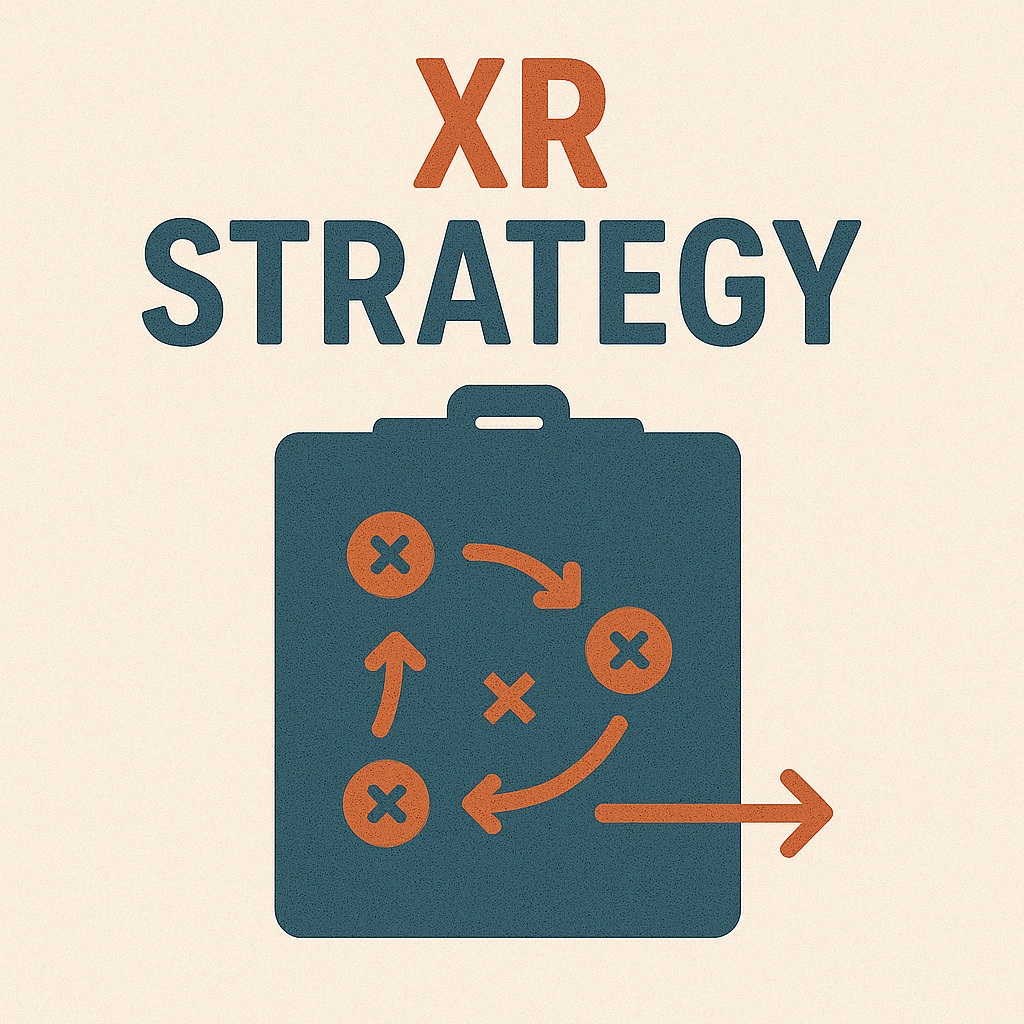
Immersive technology is no longer a futuristic gimmick – it’s a strategic necessity. From training and collaboration to marketing and product development, XR (Extended Reality) is enabling forward-thinking businesses to engage customers and employees like never before.
In this post, we’ll explore why now could be the time to invest in an XR strategy and how you can start building one that drives innovation and measurable ROI.
What Is an XR Strategy?
An XR strategy is a plan for how your business will use virtual, augmented, or mixed reality to enhance operations, customer experience, or brand value. It defines goals, technologies, workflows, and investment priorities across departments or products.
Why It Matters in 2025
The XR landscape has rapidly matured. With the widespread adoption of devices like Meta Quest, Apple Vision Pro, and affordable AR-enabled smartphones, immersive tech is accessible, scalable, and commercially viable.
Key Drivers:
Use Cases Across Industries
No matter your industry, there’s a way XR can add value. Here’s how different sectors are leveraging immersive tech:
Components of a Successful XR Strategy
To avoid wasted investment or fragmented efforts, it’s essential to approach XR with a plan. Here’s what to include:
Identify what problems you’re solving with XR. Is it customer engagement, cost-saving, or productivity?
Decide on the platforms, hardware, and tools: Unity, Unreal Engine, WebXR, Oculus, HoloLens, mobile AR, etc.
Define how 3D assets, environments, and interactions will be created and updated.
Will you hire internally, contract freelancers, or partner with an agency? What roles are needed?
Set KPIs (engagement, completion rates, cost savings, conversions) to track effectiveness.
Start small but ensure there’s a roadmap for scaling successful pilots into long-term solutions.
Why Waiting Could Be a Mistake
Some businesses hesitate to adopt XR because they see it as niche, risky, or expensive. But the truth is:
Early adopters will gain an edge not only in user engagement but also in developing internal capabilities that are difficult to replicate overnight.
First Steps to Building Your XR Strategy
Tools That Can Help
Final Thoughts
The XR revolution is well underway—and businesses that act now will be positioned to lead the next wave of innovation. A thoughtful XR strategy doesn’t have to be complex or costly to get started. But it does need leadership buy-in, clear goals, and access to the right talent.
Looking to kickstart your XR strategy? Post a project on our immersive tech marketplace and get matched with expert freelancers who can help turn your vision into reality.